India's way of life is among the world's most seasoned; progress in India started around 4,500 years prior. Numerous sources depict it as "Sa Prathama Sanskrati Vishvavara" — the first and the incomparable culture on the planet, as per the All World Gayatri Pariwar (AWGP) association.
Western social orders didn't generally see the way of life of India well, as indicated by Christina De Rossi, an anthropologist at Barnet and Southgate College in London. Early anthropologists once thought about culture as a transformative cycle, and "each part of human improvement was viewed as driven by development," she disclosed to Live Science. "In this view, social orders outside of Europe or North America, or social orders that didn't follow the European or Western lifestyle, were viewed as crude and socially substandard. This incorporated all the colonized nations and individuals, for example, African nations, India, and the Far East."
Nonetheless, Indians made critical advances in engineering (Taj Mahal), arithmetic (the development of zero), and medication (Ayurveda). Today, India is a different nation, with more than 1.2 billion individuals, as indicated by the CIA World Factbook, making it the second most crowded country after China. Various areas have their particular societies. Language, religion, food, and expressions of the human experience are only a portion of the different parts of Indian culture.
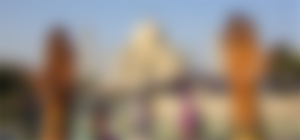
Language
India has 28 states and seven domains, as indicated by the World Health Organization. There is no authority language in India, as per a Gujarat High Court administering in 2010, however, Hindi is the authority language of the public authority. The Constitution of India authoritatively perceives 23 authority dialects.
Numerous individuals living in India write in Devanagari content. It is a misinterpretation that most of the individuals in India communicate in Hindi. Despite the fact that numerous individuals communicate in Hindi in India, 59 percent of Indian occupants talk some different option from Hindi, as per The Times of India. Bengali, Telugu, Marathi, Tamil, and Urdu are some different dialects spoken in the nation.
Sanskrit, an old Indo-European language ordinarily alluded to in real life motion pictures, came from Northern India. How the language began has been a state of contention among etymologists. It imparts numerous similitudes to English, French, Farsi, and Russian dialects. New DNA research in 2017 found that an Aryan attack may have presented the beginnings of Sanskrit. "Individuals have been discussing the appearance of the Indo-European dialects in India for many years," said study co-creator Martin Richards, an archaeogeneticist at the University of Huddersfield in England. "There's been a long-running discussion about whether the Indo-European dialects were brought from movements from outside, which is the thing that most etymologists would acknowledge, or on the off chance that they advanced natively." Aryan Invasion May Have Transformed India's Bronze-Age Population.
Religion
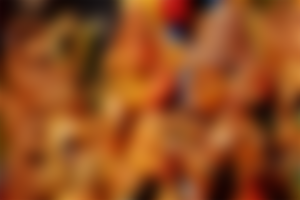
India is distinguished as the origin of Hinduism and Buddhism, the third and fourth-biggest religions. Around 84 percent of the populace distinguishes as Hindu, as per the "Handbook of Research on Development and Religion," altered by Matthew Clarke (Edward Elgar Publishing, 2013). There are numerous varieties of Hinduism, and four dominating factions — Shaiva, Vaishnava, Shakteya, and Smarta.
Around 13 percent of Indians are Muslim, making it one of the biggest Islamic countries on the planet. Christians and Sikhs make up a little level of the populace, and there are significantly fewer Buddhists and Jains, as indicated by the "Handbook."
The CIA referred to comparative figures. As indicated by its World Factbook, around 80% of the populace is Hindu, 14.2 percent is Muslim, 2.3 percent is Christian, 1.7 percent is Sikh and 2 percent is vague.
Food
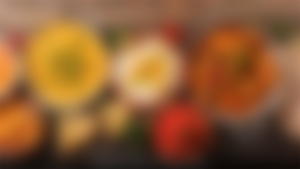
At the point when the Moghul Empire attacked during the sixteenth century, they left a critical blemish on Indian cooking, as indicated by Texas A&M University. Indian cooking is additionally affected by numerous different nations. It is known for its huge arrangement of dishes and its liberal utilization of spices constantly. Cooking styles differ from area to locale.
Wheat, Basmati rice, and heartbeats with chana (Bengal gram) are significant staples of the Indian eating regimen. The food is rich with curries and flavors, including ginger, coriander, cardamom, turmeric, dried hot peppers, and cinnamon, among others. Chutneys — thick toppings and spreads produced using arranged leafy foods, for example, tamarind and tomatoes and mint, cilantro, and different spices — are utilized liberally in Indian cooking.
Numerous Hindus are vegan, yet sheep and chicken are normal in fundamental dishes for non-veggie lovers. The Guardian reports that between 20% and 40% of India's populace is a veggie lover.
A lot of Indian food is eaten with fingers or bread utilized as utensils. There is a wide exhibit of bread presented with dinners, including naan, a raised, stove heated flatbread; and bhatoora, a seared, cushioned flatbread basic in North India and eaten with chickpea curry.
Dress

Indian dress is firmly related to the beautiful silk saris worn by numerous individuals of the nation's ladies. A conventional garment for men is the dhoti, an unstitched bit of material that is tied around the abdomen and legs. Men additionally wear a kurta, a free shirt that is worn about knee-length. For exceptional events, men wear a sherwani or achkan, which is a long coat with a collar having no lapel. It is closed up to the collar and down to the knees. A more limited rendition of a sherwani is known as a Nehru coat. It is named after Jawaharlal Nehru, India's leader from 1947 to 1964, however, Nehru never wore a Nehru coat. He favored the achkan, as per Tehelka, an Indian paper. The Nehru coat was principally showcased to Westerners.
Customs and festivities
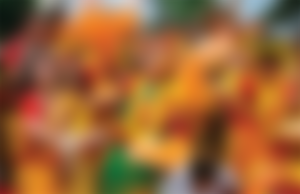
Diwali is the biggest and most significant occasion in India, as per National Geographic. It is a five-day celebration known as the celebration of lights because the lights lit during the festival to represent the inward light that shields them from profound haziness. Holi, the celebration of tones, additionally called the celebration of adoration, is mainstream in the spring. The nation additionally observes Republic Day (Jan. 26), Independence Day (Aug. 15), and Mahatma Gandhi's birthday (Oct. 2).
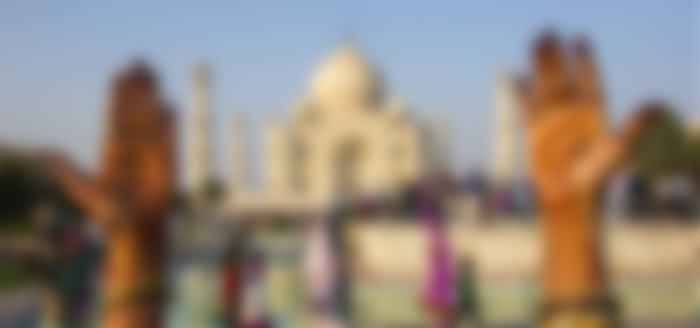
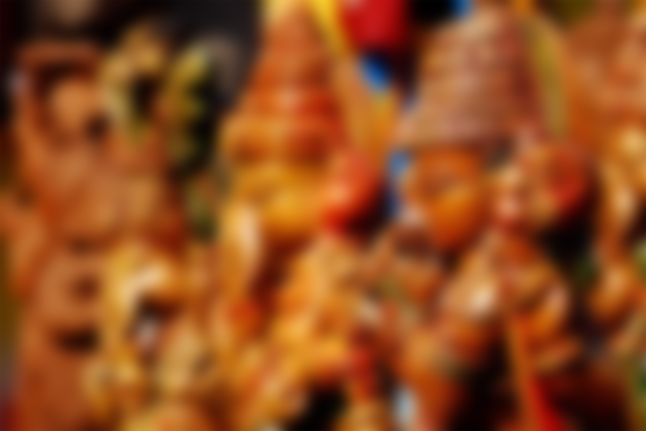
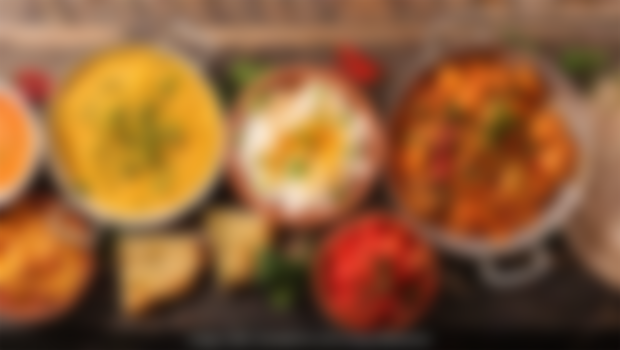

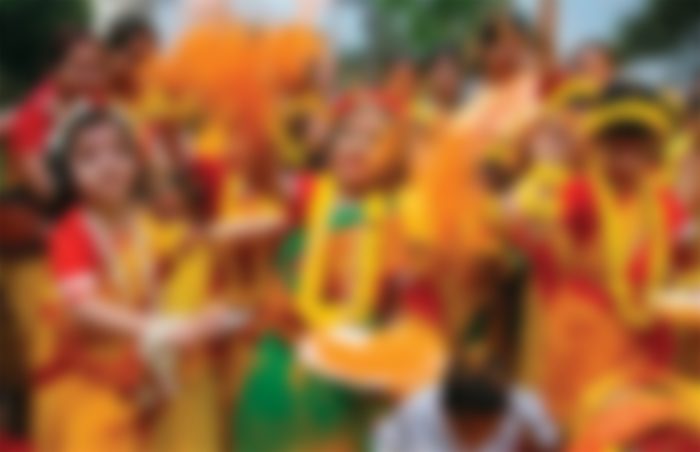
You should post this and future india related posts here.